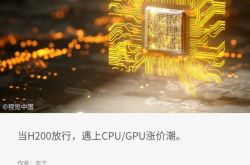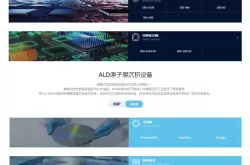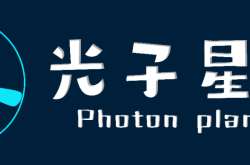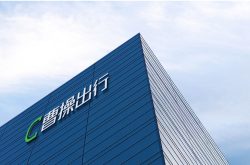Ultra-Luxury Vehicle Tax Adjustment: Is 'Equal Taxation for Gasoline and Electric Vehicles' on the Cards?
![]() 10/13 2025
10/13 2025
![]() 527
527
The recent tax adjustment for ultra-luxury vehicles, encompassing all power types, hints at a significant shift. The long-championed 'equal taxation for gasoline and electric vehicles' by the industry seems poised to hit the agenda.
After initially imposing a 10% consumption tax on ultra-luxury cars (passenger vehicles and light/medium commercial buses priced at 1.3 million yuan or more, excluding VAT) in 2016, another tax tweak has been made. Recently, the Ministry of Finance and the State Taxation Administration issued the 'Announcement on Adjusting the Consumption Tax Policy for Ultra-Luxury Cars' (hereafter referred to as the 'Announcement'). This expands the consumption tax scope to include 'passenger vehicles and light/medium commercial buses of all power types (pure electric, fuel cell, etc.) priced at 900,000 yuan or more, excluding VAT.' Unlike the 2016 policy, this marks the first inclusion of all power-type vehicles (pure electric, fuel cell, etc.) in the taxable realm. Some industry insiders view this new policy as a potential step towards the long-sought 'equal taxation for gasoline and electric vehicles.'
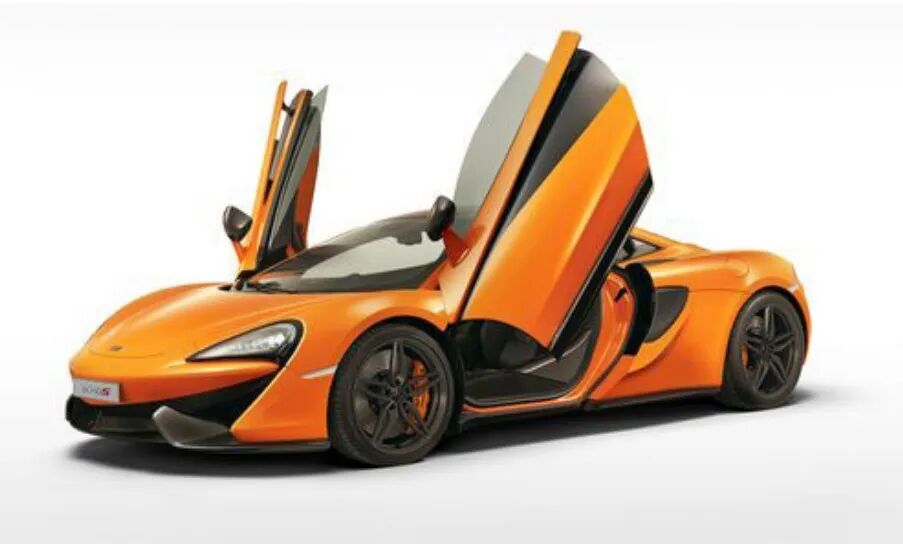
Promoting Rational Consumption and Tax Equity
According to the 'Announcement,' the tax adjustment for ultra-luxury vehicles mainly covers three aspects. Firstly, the taxable price threshold has been lowered from '1.3 million yuan or more per vehicle, excluding VAT' to '900,000 yuan or more per vehicle, excluding VAT.' Secondly, a consumption tax will be levied on the retail sales of ultra-luxury cars without cylinder capacity (displacement), such as pure electric and fuel cell vehicles. Thirdly, no consumption tax will be imposed on the sale of second-hand ultra-luxury cars by taxpayers. Here, second-hand vehicles refer to those traded and transferred in ownership between the completion of registration and reaching the mandatory national scrappage standard. Additionally, the 'Announcement' clarifies that the retail sales amount encompasses all payments and fees related to the vehicle purchase collected by the taxpayer from the buyer, including charges for premium items, accessories, and services.
In response, Cui Dongshu, Secretary-General of the Passenger Vehicle Market Information Committee of the China Automobile Dealers Association, noted that the adjustment to the consumption tax scope for ultra-luxury vehicles aligns with significant shifts in market promotion prices, fostering rational consumption and sustainable green development. In his view, ultra-luxury vehicles constitute only about 0.1% of the total automotive market, having minimal impact on the average consumer. Moreover, with vehicle prices continuously declining in recent years, the once 1.3 million yuan ultra-luxury cars have now dropped to around 900,000 yuan, with a corresponding tax-inclusive price of 1.45 million yuan, roughly in line with the base figure from the 2016 tax policy.
Calculations by the China Automotive Strategy and Policy Research Center (hereafter referred to as CARS) suggest that the sales volume of taxable passenger vehicles under the ultra-luxury car consumption tax in 2024 is estimated to be around 25,000 units, accounting for less than 4% of the total automotive consumption tax. The center noted that following the introduction of the ultra-luxury car consumption tax, there have been two reductions in VAT rates (from 17% to 13%), causing the tax-inclusive price of a 1.3 million yuan model, excluding VAT, to fall from 1.521 million yuan to 1.469 million yuan. Meanwhile, the terminal sales price of vehicles has decreased by approximately 3.4%, partially offsetting the additional tax burden from the ultra-luxury car consumption tax.
'Lowering the threshold and encompassing more models will bolster the policy's role in guiding consumption,' said Zhou Wei, Senior Director of Fiscal, Tax, and Financial Policy Research at CARS. Since the introduction of the ultra-luxury car consumption tax in 2016, the policy has been in effect for over eight years, during which the terminal sales price of vehicles has significantly decreased. Currently, models priced at 1.3 million yuan or more, excluding tax, account for less than 0.2% of the total market sales, indicating a relatively narrow taxable scope. Li Xuhong, Vice President of the Beijing National Accounting Institute, echoed this sentiment in a media interview, stating that this adjustment further reinforces the function of consumption tax in guiding rational consumption and, by including vehicles of all power types in the policy scope, promotes tax equity through enhanced regulatory effects.
Is 'Equal Taxation for Gasoline and Electric Vehicles' Imminent?
A key facet of the recent tax adjustment for ultra-luxury cars is the inclusion of pure electric, fuel cell, and other power-type vehicles in the taxable realm, which industry experts deem necessary. According to their analysis, while traditional fuel-powered vehicles still dominate the ultra-luxury passenger vehicle market, accounting for over 90% of both sales volume and tax revenue, the proportion of new energy vehicles (NEVs) is gradually rising, making their inclusion in the taxable scope an inevitable outcome of industrial development.
Statistical data reveals that in 2024, among the sales of ultra-luxury passenger vehicles, traditional fuel vehicles accounted for approximately 23,500 units, a 14.4% year-on-year decrease, while plug-in hybrid (including extended-range) passenger vehicles reached around 1,700 units, a 58% year-on-year increase. Zhou Wei noted that as the NEV industry matures, it should also contribute to national tax revenue accordingly. 'Although the current adjustment involves relatively few pure electric and fuel cell vehicle models, the policy change signals a shift towards technology neutrality and precise support in the automotive industry's tax policy,' said Zhou Wei. He anticipates that subsequent adjustments in automotive-related taxes, including those on passenger vehicles, refined petroleum products, and vehicle and vessel taxes, will warrant continued attention. CARS predicts that after the policy adjustment, the annual taxable sales volume of passenger vehicles is expected to increase by over 100,000 units, with fuel vehicles accounting for over 90%, plug-in hybrid vehicles around 7%, and pure electric and fuel cell vehicles less than 3%.
Ye Shengji, Chief Engineer of the China Association of Automobile Manufacturers, directly addressed the issue of 'equal taxation for gasoline and electric vehicles,' stating that as the number of NEVs grows, relevant taxes and fees should also be adjusted. Taking fuel taxes as an example, road maintenance is one of the primary uses of this tax revenue. However, since electric vehicles do not require refueling, they do not contribute to road maintenance through fuel taxes. With the increasing number of electric vehicles, this taxation method is clearly outdated and needs adjustment to guide the healthy development of the automotive industry. He also emphasized the need for continuity in adjusting supportive policies, including preferential tax policies, such as the purchase tax exemption for NEVs. 'Of course, we also call for a gradual phase-out rather than an abrupt change to promote stable industry development,' said Ye Shengji.
In fact, industry insiders have long been advocating for 'equal taxation rights' for gasoline and electric vehicles, hoping to address the current 'tax void' for NEVs in multiple categories. At the 2025 China Automotive Forum held recently, Zhao Huichao, Vice President of the R&D General Institute at China FAW Group Co., Ltd., proposed that tax policies, including purchase and consumption taxes, may need to gradually converge or achieve parity between gasoline and electric vehicles in the future. Li Fenggang, Executive Deputy General Manager of FAW-Volkswagen Automotive Sales Co., Ltd., also pointed out during an interview at the 2025 Guangdong-Hong Kong-Macao Greater Bay Area Auto Show that a fuel vehicle currently incurs approximately 15% higher tax costs than an NEV. Given the intense competition in the automotive industry, achieving 'equal taxation rights for gasoline and electric vehicles' as soon as possible would allow automakers to compete on a level playing field.
During this year's National People's Congress sessions, Zhu Huairong, Chairman of Changan Automobile (currently serving as Party Secretary and Chairman of China Changan Automobile Group), suggested that NEVs could be taxed based on weight, battery capacity, and carbon emission levels. He admitted that in 2024, NEV sales in China reached 12.87 million units, with a penetration rate exceeding 40%, far surpassing the planned target. He argued that the uniform 10% vehicle purchase tax on fuel vehicles is not conducive to energy conservation and emission reduction, while the large-scale development of NEVs also hinders green transformation. Therefore, he recommended imposing vehicle purchase tax on fuel passenger vehicles based on displacement and suggested implementing a tiered vehicle purchase tax on NEVs after December 31, 2027. Specifically, he proposed: first, plug-in hybrid and extended-range NEVs should follow the same vehicle purchase tax calculation model as traditional fuel vehicles, with tax rates determined by engine displacement; second, pure electric vehicles should be subject to a tiered vehicle purchase tax based on curb weight, battery capacity, or carbon emission levels.
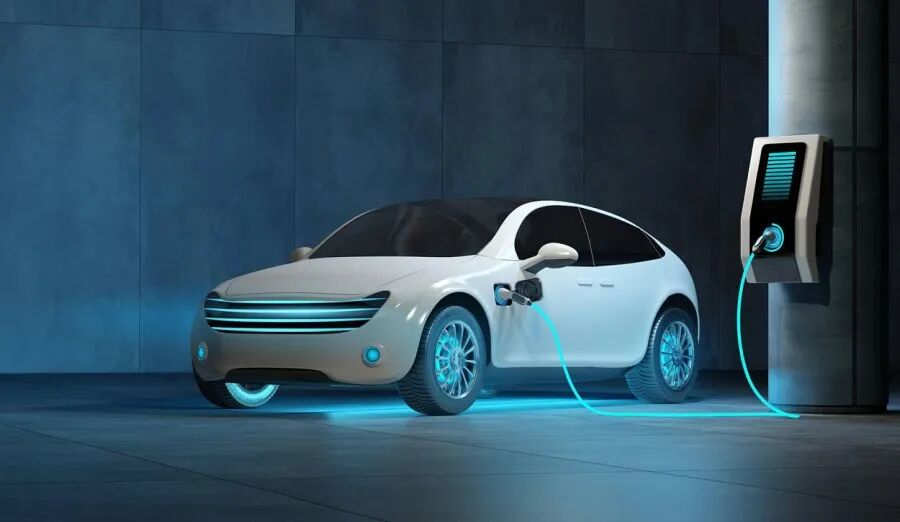
Urgent Need to Overhaul the NEV Tax System
According to the latest data released by the China Association of Automobile Manufacturers, in July this year, domestic NEV production and sales reached 1.243 million and 1.262 million units, respectively, up 26.3% and 27.4% year-on-year. NEVs accounted for 48.7% of total new car sales. From January to July, NEV production and sales reached 8.232 million and 8.22 million units, respectively, up 39.2% and 38.5% year-on-year, with NEVs accounting for 45% of total new car sales.
Cui Dongshu believes that with the rapid growth of NEV sales, especially since the share of new energy passenger vehicle sales exceeded 50% in August 2024, it is now a reasonable time to implement 'equal taxation rights for gasoline and electric vehicles.' He hopes for a reduction in discriminatory policies against fuel vehicles, including: achieving tax equity between NEVs and fuel vehicles; eliminating unreasonable restrictions on fuel vehicle travel and purchase; establishing unified environmental standards for both fuel and NEVs; increasing encouragement for fuel vehicle technology; and improving market mechanisms to ensure fair competition between fuel and NEVs.
However, there are differing opinions within the industry regarding whether now is the right time to implement 'equal taxation for gasoline and electric vehicles.' Huang Tianwei, Vice Dean of the School of Management Science and Engineering at Wuhan University of Science and Technology, stated in a media interview that the obstacles to implementing 'equal taxation rights for gasoline and electric vehicles' mainly stem from two aspects. From the consumer side, the price advantage of NEVs remains a significant driver of market growth, and the environmental benefits of the NEV industry need further dissemination. Immediately removing subsidies and privileges for electric vehicles could lead to a market share contraction. From the operational side of NEV companies, most are still in the investment phase and face significant pressure to turn a profit. Particularly for companies that only produce and sell NEVs, the removal of policy support could impose greater operational pressures.
Despite the lack of consensus in the industry, it is undeniable that NEVs cannot remain in a 'tax policy vacuum' indefinitely. For companies, the focus should now be on achieving sustainable and healthy development through technological cost reduction, economies of scale, flexible product strategies, and promotional combinations.
It is worth noting that the state is undertaking a series of measures to overhaul the NEV tax system, with vehicle purchase taxes being the first to undergo adjustments. In May this year, the Ministry of Finance announced the extension of the NEV purchase tax exemption policy until 2027, with full exemptions from 2024 to 2025 and a 50% reduction from 2026 to 2027. According to the announcement, the NEV purchase tax incentives will be adjusted in three steps: from January 1, 2024, to December 31, 2025, NEV purchases will continue to be exempt from purchase tax, with a maximum exemption of 30,000 yuan per vehicle; from January 1, 2026, to December 31, 2027, the exemption will be reduced by half, with a maximum reduction of 15,000 yuan per vehicle; starting from January 1, 2028, all NEVs will be subject to the full purchase tax, the same as fuel vehicles.
Analysis suggests that, in the long run, NEVs will eventually face a tax environment equal to that of fuel vehicles. Just as fuel vehicles bear significant taxes ('half a tank of fuel is tax'), NEVs may also gradually assume road maintenance fees, value-added taxes, and other taxes and fees in the future. However, it should be emphasized that the 'era of policy dividends' for NEVs will eventually end, but this will not hinder industry development. Instead, it will compel companies to enhance their core competitiveness, provide consumers with better products, and achieve industry transformation, upgrading, and high-quality development.
Note: This article was first published in the 'Hot Topic Tracking' column of the September 2025 issue of 'Auto Review' magazine. Please stay tuned.
Image: From the Internet
Article: Auto Review
Layout: Auto Review

